Harry Loots, of Northern Beaches Group and APS NSW Treasurer, joined Blue Mountains Group for a weekend in August 2019. Photos by Harry Loots.
Thoughts of the Southern Highlands of NSW bring to mind country estates and towns such as Bowral that exude wealth and gentile country living. The replication of a very English countryside with conifers, elms and roses and large ornate country houses with horses is prevalent. Recently vineyards and whisky distilleries have appeared. The high altitude and cooler weather fit this culture from another world.
In the frigid beginning of August, APS Blue Mountains Group ventured to the high country to discover the extant native vegetation. We were not disappointed. Although this area has been farmed for nearly 170 years, this has occurred on the most fertile land leaving the agriculturally barren sandstone country and hills to the bush.
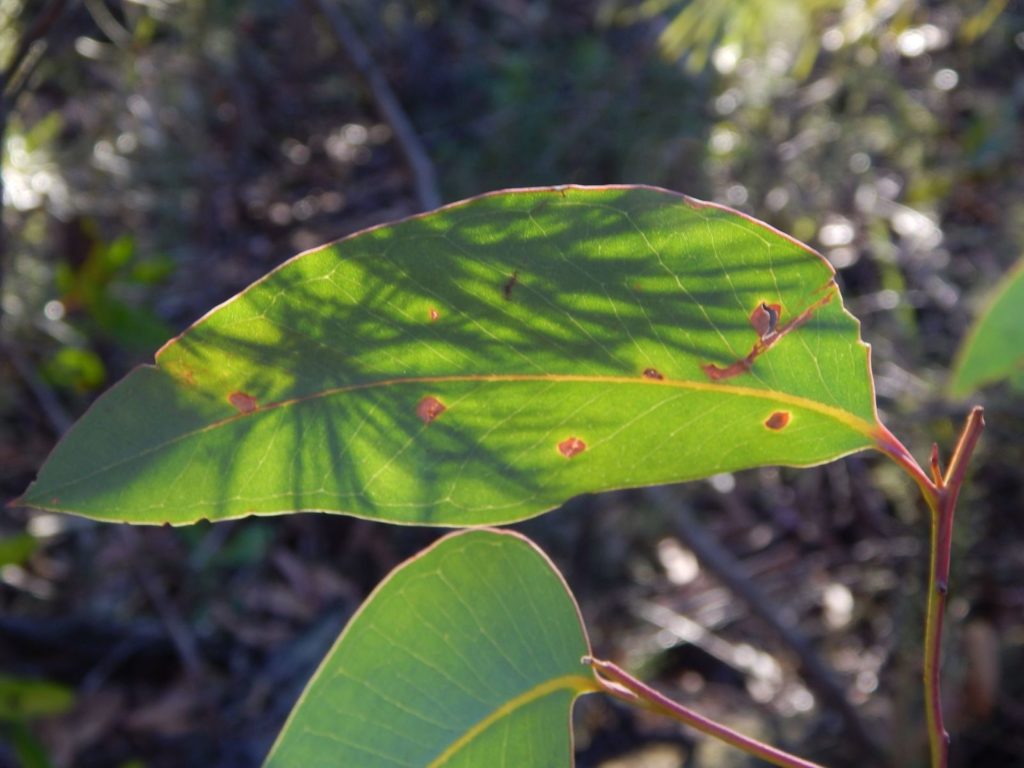
Box Vale Track, Mittagong
It was interesting to come across evidence of long-vanished industries whose location is now wilderness. In the late 19th century Mittagong was an important industrial centre. Iron was mined and smelted by Mittagong’s Fitzroy Iron Works that burned coal mined by the Mittagong Coal Mining Company at the Box Vale Colliery in the Nattai River Gorge. We walked along the abandoned train line route running from the Nattai Gorge to Mittagong where it joined the main southern line. This is now a walking track out to the Nattai Gorge Lookout. A few of us walked the 4.4 km mostly flat path through cuttings, over embankments and through an 84 metre long tunnel.
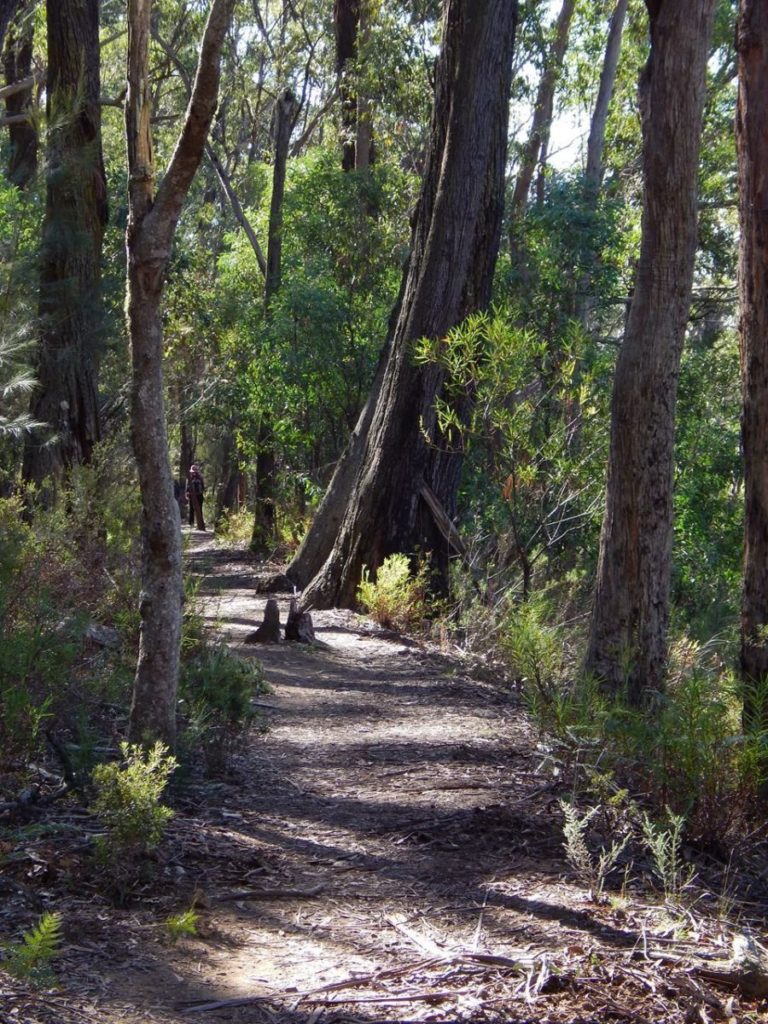
This easy walk passes through dry sclerophyll forest, which has returned to the trackside. Trees include Messmate (Eucalyptus obliqua), Mountain Ash (Eucalyptus regnans), Ironbark (Eucalyptus crebra), Stringybark (Eucalyptus oblonga) and other gums. Ferns and Dracrophylum secundum grow in the deep cuttings. From the Lookout we viewed the deep rugged Nattai River Gorge wilderness, its olive green continuing west to the horizon and the Kanangra-Boyd National Park in the Blue Mountains.
This walk has long been a favourite with APS members. Halfway along the track we were surprised to find a plaque fixed to a table stating, “Angus Wilson Corner, Australian Plants Society Southern Highlands 2006”.
Joadja
Another narrow gauge railway once ran west from Mittagong to the oil shale mine at Joadja where the Australian Kerosene Oil and Mineral Co produced kerosene. Because of a lack of local labour, miners and their families were brought to Australia from Scotland. By the 1870s Joadja was home to approximately 1,200 people. Joadja is now a ghost town set in a beautiful Eucalyptus dominated landscape. A spectacular sandstone escarpment with Eucalyptus forests gives way to the Wingecarribee River gorge, which cuts into the High Range. Despite the previous mining and industry the gorge has returned to a pristine native bush where modern houses are located on isolated bush blocks.
Mount Gibraltar
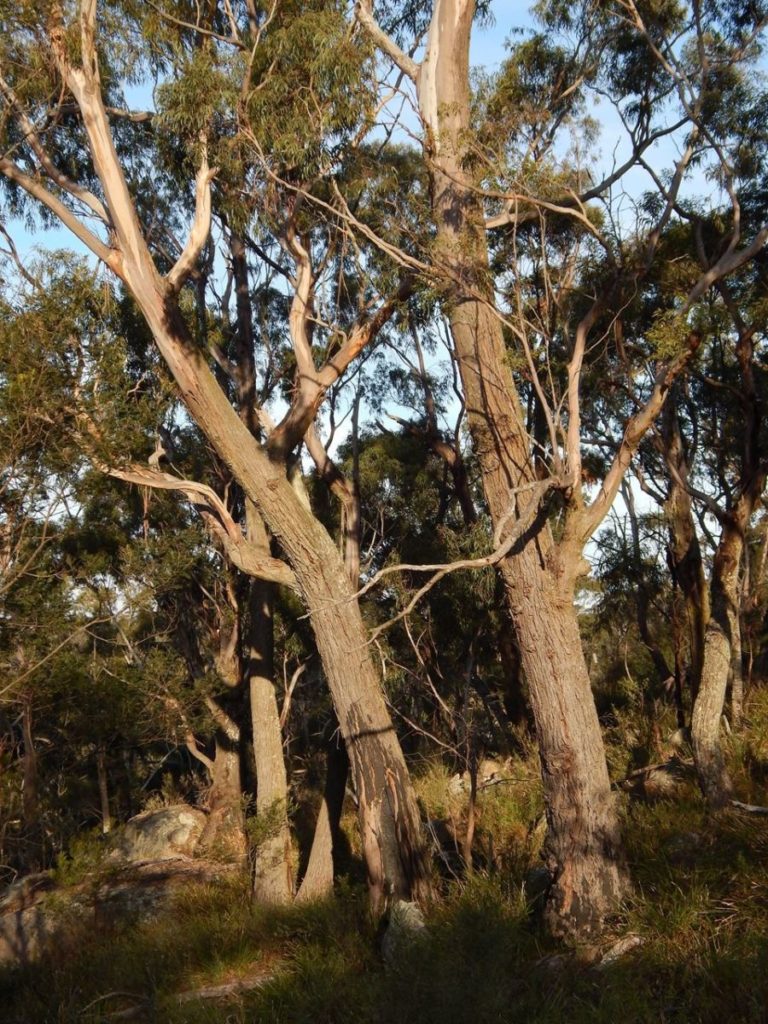
Between Mittagong and Bowral the extinct volcano Mount Gibraltar, at 863 metres, provided us with district and town views. Between 1886 and 1986 Mount Gibraltar’s Trachyte or micro-syenite rock was quarried for building stone used on many important Sydney buildings such as the Queen Victoria Building. Bowral Trachyte, known for its durability, was freighted to Sydney by rail. Eucalyptus fastigata (Brown Barrel) occurs on Mt Gibraltar’s heavy red soils although it does not grow as tall as on Mount Tomah where it reaches up to 50 metres. The quarrying operations created the abyss below the Bowral Lookout where revegetation and pieces of abandoned equipment can be seen.
Robertson
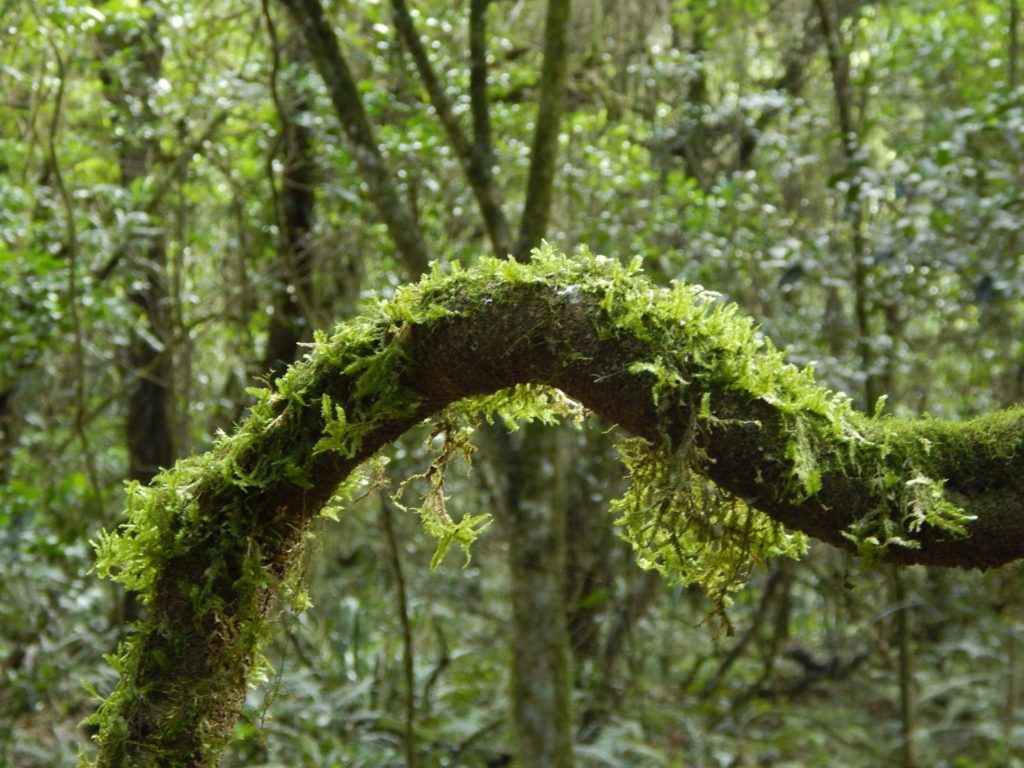
Robertson to the east of Bowral was once a thriving dairy district sustained on rich rainforest soils. Fertile basaltic soils had previously supported the Yarrawa Brush which, at an altitude of 750 metres, was a cool temperate rainforest thriving on high rainfall and heavy mists. There are still 5 hectares of remnant rainforest in the Robertson Nature Reserve with a canopy of sassafras, featherwood, coachwood and possum wood producing the dark conditions for ferns, mosses, fungi and vines to grow. While it was only a short walk through the rainforest we were still able to appreciate a complex ecosystem.
Fitzroy Falls
A visit to Fitzroy Falls topped off the excursion. Located on the eastern edge of the Southern Highlands near Kangaroo Valley, Fitzroy Falls is a major tourist attraction. We marvelled at the water falling 80 metres and the Morton National Park gorge, the Yarrunga Valley wilderness beyond. The 4 km return walk along the escarpment’s west rim offered many opportunities to view the precipitous cliffs and vegetation.
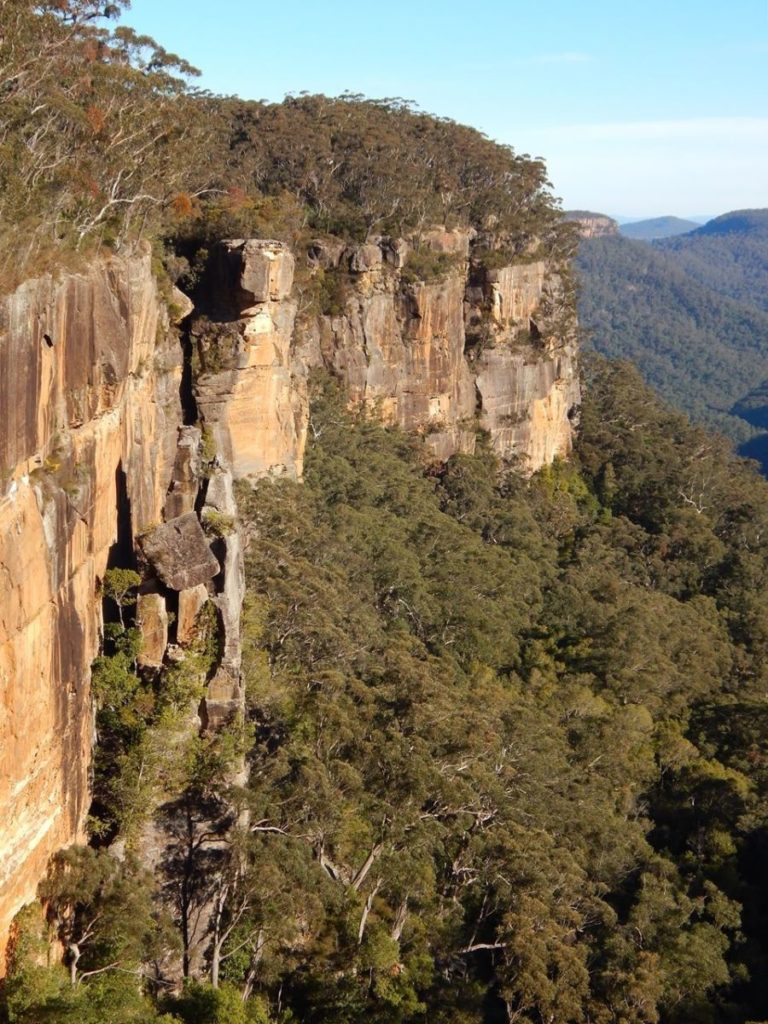
There was a surprising variety of sandstone vegetation ecosystems to be appreciated as we walked from one lookout to the next, from a copse of Lambertia formosa to groves of casuarinas, hakeas, acacias or persoonias. Along the wet cliff rim and under rock ledges there were many different ferns. As the early evening fell an increasing number of small finches darted about the heath.
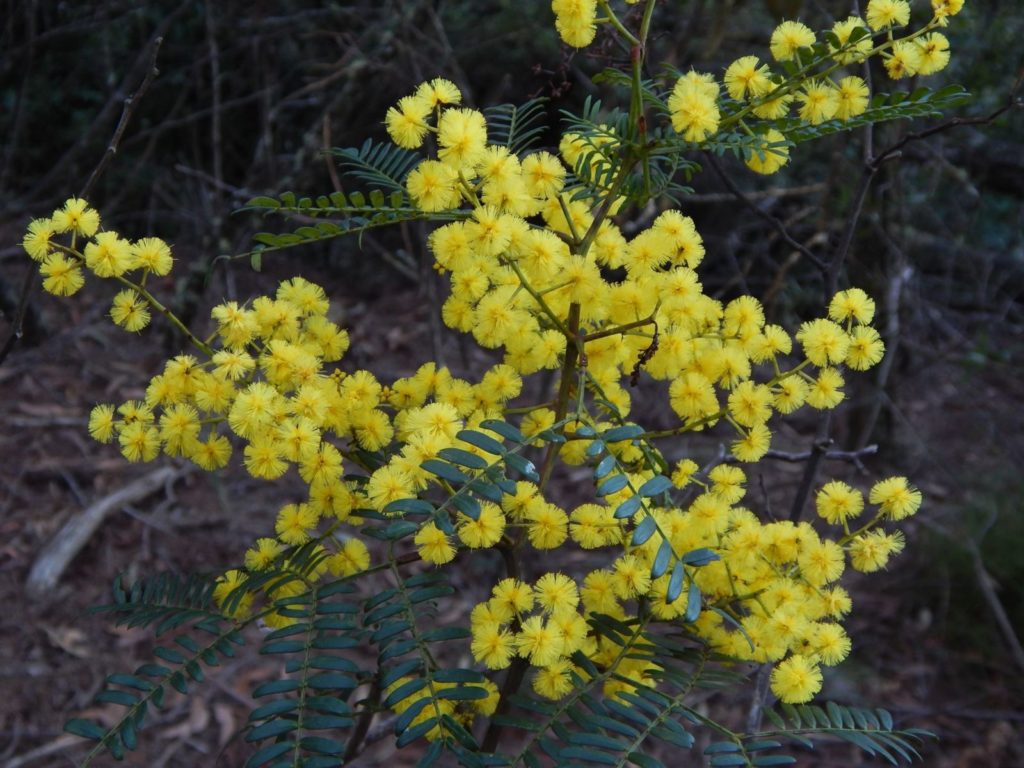
Thank you Jim Plummer and Blue Mountains Group for inviting Lindy and me to a weekend surveying this interesting area. The excursion provided a fascinating insight about the early industry and local biome before farming.
Addendum
One of our readers, Judy Stove of Mulgoa, sent us this additional information about the plaque on Box Vale Track:
I would just like to give the background to this plaque, which we have visited today (14 June 2020). Angus Wilson (1929-2006) was my father-in-law, father of my husband Stuart Wilson (b. 1965-). Angus and his wife Margaret volunteered with Australian Plants in the Mittagong area for a number of years after moving to the district in 1995. We recall that he was involved in the management of the Box Vale Track and the Gibbergunyah Reserve. Angus had worked with CSIRO until his retirement, and was an authority on botany and entomology.
After Angus’s death, a plaque and a tree-planting were undertaken in his memory at the Box Vale track. The area has survived bushfires and drought, and is now flourishing – a fitting memorial.
Angus enjoyed and helped support this beautiful area of bush.
